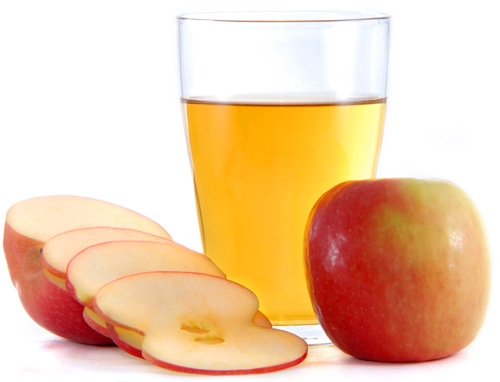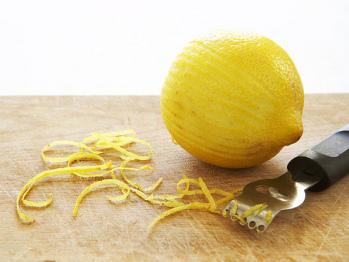Here is another great article posted by www.HealthExtremist.com Check out her site...it's awesome!!
SOURCE: http://www.healthextremist.com/indoor-plants-that-clean-the-air-and-remove-toxins/
Indoor Plants that Clean the Air and Remove Toxins
March 24, 2013 By Lori,
6 Indoor Plants that Clean the Air in Your Home
Do you have any plants in your home? Typically, the indoor air quality is significantly worse than it is outside. There are several steps you can take to greatly improve the indoor air quality in your home. One way this can be done, is by having several indoor plants that clean the air and reduce toxins.
Several years ago NASA studied houseplants and their ability to purify the air in indoor spaces. They found that certain plants were better at filtering the air and removing volatile organic compounds (VOC’s) than others.
Why Indoor Plants that Clean the Air Improve Health
Not only are indoor plants beneficial for increasing oxygen levels in our homes, they have also been found to reduce the toxins in the air we are breathing.
The air in our homes has been shown to contain harmful toxins which ultimately end up in our bodies. Whether the toxins are from building materials, paint, out-gassing carpets, dust, or flame retardants, the levels of these toxins in the air can be reduced.
These plants can reduce many air pollutants including formaldehyde, microbial pathogens, benzene and microbial pathogens.
How Many Should You Have in Your Home
According to NASA it is recommended that you have about 15 to 18 of these plants in your home (this was recommended for a 1800 sq foot home). Remember to also place at least one plant in your bedroom, preferably more.
Even if you don’t have a green thumb, these indoor plants that clean the air are very easy to take care for and require little work.
6 Indoor Plants that Clean the Air:
These plants are the most beneficial for improving indoor air quality. You should be able to find all of these plants locally.
1. Aloe
Aloe plants are very beneficial for increasing oxygen levels in your home. They have also been found to absorb formaldehyde, carbon dioxide, and carbon monoxide. According to Earthship, one pot of aloe is equivalent to nine biological air cleaners.
2. Spider Plant (Chlorophytum comosum)
Spider plants are able to perform photosynthesis under minimal lighting. They aid in absorbing toxins in the air including formaldehyde, styrene, carbon monoxide, and benzene. One spider plant is able to effectively filter a room of 200 square feet.
3. English Ivy (Hedera helix)
English ivy is another great indoor plant that removes toxins. This plant has been shown to reduce 60% of airborne mold and 58% of airborne feces after being placed in a room for only 6 hours!
4. Peace Lily (Spathiphyllum ’Mauna Loa’)
Having a peace lily in your home greatly reduces the chemical toxins in the air. Peace lily plants filter out harmful benzene, trichloroethylene, and formaldehyde.
5. Snake Plant or mother-in-law’s tongue (Sansevieria trifasciata‘Laurentii’)
This indoor plant that cleans the air is just about indestructible, if your looking to start out with easy to care for plant, this would be the one to choose. Snake plants aid in removing toxins from the air and require little to no lighting.
6. Rubber Plant (Ficus elastica)
Rubber plants excel at removing toxins from the air, particularly formaldehyde. These plants require minimal lighting and also easy to care for. Note: the leaves can be toxic, so if you have any pets in your home, be careful.
Want More Variety?
NASA also listed the following plants as beneficial for improving the indoor air quality in homes. These plants may be more difficult to find locally, but if you come across any of these plants, be sure to pick one up!
-Golden pothos or Devil’s ivy (Scindapsus aures or Epipremnum aureum)
-Chinese evergreen (Aglaonema modestum)
-Bamboo palm or reed palm (Chamaedorea sefritzii)
-Heartleaf philodendron (Philodendron oxycardium, syn.Philodendron cordatum)
-Selloum philodendron (Philodendron bipinnatifidum, syn.Philodendron selloum)
-Elephant ear philodendron (Philodendron domesticum)
-Red-edged dracaena (Dracaena marginata)
-Cornstalk dracaena (Dracaena fragrans Massangeana)
-Janet Craig dracaena (Dracaena deremensis Janet Craig
-Warneck dracaena (Dreacaena dermenisis Waneckii)
-Weeping fig (Ficus benjamina)
Do you have any of these indoor plants that clean the air in your home?
Sources:
Photo source:
http://www.naturalnews.com/035593_indoor_air_plants_detox.html
http://thisgreenearth.wordpress.com/2011/04/07/top-10-plants-to-improve-indoor-air-quality/


 After many doctor and ER visits one common thing would occur in my fight to fight mold: "Jennifer, your potassium is VERY low".
After many doctor and ER visits one common thing would occur in my fight to fight mold: "Jennifer, your potassium is VERY low".




